List of brightest stars
More than 200 billion stars
The space is huge, our Milky Way galaxy contains over 200 billion stars distributed in a volume of 100 000 light-years in diameter. But to the naked eye, we see in the night sky that 9000 stars on a clear night, away from cities and flare the earth's surface.
The brightest stars are ranked by their average apparent magnitudes in the spectrum of visible light, seen from Earth.
Visible light is only a small range of electromagnetic vibrations found in the electromagnetic spectrum.
The light has a wavelength, which determines the color, for example red emitting in the wavelength of 700 nanometers, Orange 650 nm, Yellow 600 nm, Green 550 nm, Blue 500 nm and Violet 450 nm. It is this window that chose the human eye to specialize. But the invisible light is spread over a larger electromagnetic field.
The apparent magnitude does not indicate the intrinsic brightness of the star, in contrast to the absolute magnitude The absolute magnitude indicates the actual brightness of a celestial object, while the apparent magnitude depends on the distance of the object. The absolute magnitude of a star is defined as the apparent magnitude the star would have a distance of reference of 10 parsecs (≈32.6 light years) and in the absence of interstellar extinction (dustless between the object and the observer). A gain with a magnitude, corresponds to 2.5 times less brilliance. Example: the magnitude 1 of an object, is 2.5 times less bright than magnitude 2. . The apparent magnitude The brightness measured from Earth of a star or other celestial object is expressed in apparent magnitude. The magnitude scale is logarithmic and reversed, that is to say, the lowest magnitudes correspond to the brightest objects. A gain with a magnitude, corresponds to 2.5 times less brilliance. Example: the magnitude 1 of an object, is 2.5 times less bright than magnitude 2. of course depends on the intrinsic brightness of the star but especially the distance from the Earth because the closest stars appear brighter.
Most stars are part of a binary or multiple system. Seen from Earth, they appear as a single star with an apparent magnitude greater than their individual brilliance.
The binary system of Rigel Kentaurus componed the star α Centauri A and star α Centauri B, the apparent magnitude of the couple is -0.27 while the apparent magnitude of α Centauri A is +0.01 and apparent magnitude of α Centauri B is +1.34, the couple is more brilliant, that's why it is ranked third after the Sun, in the table against.
Sirius is the brightest star in the night sky, but Sirius is a binary system, with the naked eye, we see only a single white star.
Sirius A is actually a white star, aged about 250 million years, with a mass of 2.1 solar masses, its surface temperature of about 9900 K and its diameter about 1.7 times the solar diameter. its companion, Sirius B is a white dwarf, i.e. a residue of star extinguished. This is the penultimate stage of the evolution of stars whose mass is between 0.3 and 1.4 times that of the sun. Sirius B orbits the center of mass of the pair, with a period of nearly 50 years. The distance between the two stars varies between 8.1 and 31.5 astronomical units (average distance 19.5 AU).
| nota : Canicule comes from the word Canicula (little dog), the star Sirius in Latin. Sirius A is main star of Canis (Canis Major) also known as the "Dog of Orion". Sirius, whose name means "brilliant" is the brightest star in the sky because of its proximity to the Earth (8.6 AL). By metonymy and antonomasia, this name has passed into the language as a common name for the period of high heat during which Sirius rises and sets precisely with the Sun (July 24 to August 24). By extension, the word canicule was applied to any period of extreme heat, and gave as derived from the canicular adjective. Excessively sunny weather. Dryness of exceptional amplitude becomes natural disaster. |
| Star Designation |
Stellar Class |
magnitude apparent |
Distance (ly) |
| Sun | G2 V | -26.74 | 0 |
| Sirius | A1 V | -1.46 | 8.58 |
| Canopus | F0 Ib | -0.72 | 310 |
| α Centauri AB | G2 V | -0.27 | 4.39 |
| Arcturus | K0 III | -0.04 | 37 |
| Vega | A0 Va | 0.03 | 25 |
| Capella | K0 III | 0.08 | 42 |
| Rigel | B8 Ia | 0.12 | 860 |
| Procyon | F5 IV-V | 0.34 | 11.50 |
| Betelgeuse | M2 Iab | 0.42 | 640 |
| Achemar | B6 Vep | 0.50 | 140 |
| Hadar (Agena) | B1 III | 0.60 | 140 |
| Altair | A7 V | 0.77 | 17 |
| Acrux | B8 Ia | 0.77 | 320 |
| Aldebaran | K5 III | 0.85 | 65 |
| Spica | B1 III-IV | 1.04 | 260 |
| Antares | M1.5 Iab | 1.09 | 600 |
| Pollux | K0 III | 1.15 | 34 |
| Fomalhaut | A3 V | 1.16 | 25 |
| Deneb | A2 Ia | 1.25 | 2600 |
| Mimosa | B0.5 II | 1.30 | 350 |
| Regulus | B7 V | 1.35 | 77 |
| Adara | B2 Iab | 1.51 | 430 |
| Castor | A1 V | 1.58 | 52 |
| Shaula | B2 IV | 1.62 | 700 |
| Gacrux | M3.5 III | 1.63 | 88 |
| Bellatrix | B2 III | 1.64 | 240 |
| El Nath | B7 III | 1.68 | 130 |
| Miaplacidus | A1 III | 1.68 | 110 |
| Alnilam | B0 Ia | 1.70 | 1300 |
| Alnitak | O9.7 Ib | 1.70 | 820 |
| Alnair | B7 IV | 1.74 | 100 |
| Alioth | A1 III | 1.76 | 81 |
| Gamma Velorum | WC8 | 1.78 | 840 |
| Dubhe | G9 III | 1.79 | 120 |
| Kaus Australis | B9.5 III | 1.80 | 140 |
| Mirfak | F5 Ib | 1.82 | 590 |
| Wezen | F8 Ia | 1.84 | 1800 |
| Nenetnasch | B3 V | 1.85 | 100 |
| Sargas | F0 II | 1.86 | 270 |
| Avior | K3 III | 1.86 | 630 |
| Alhena | A1.5 IV | 1.90 | 100 |
| Peacock | B2 IV | 1.91 | 180 |
Table: list of the brightest stars in the order of their average apparent magnitude. For comparison, here are the maximum apparent magnitudes of the objects in our solar system: Moon (-12.92), Venus (-4.89), Jupiter (-2.94), Mars (-2.91), Mercury (-2.45) and Saturn (-0.49). To understand the colors of stars. see stars categories.
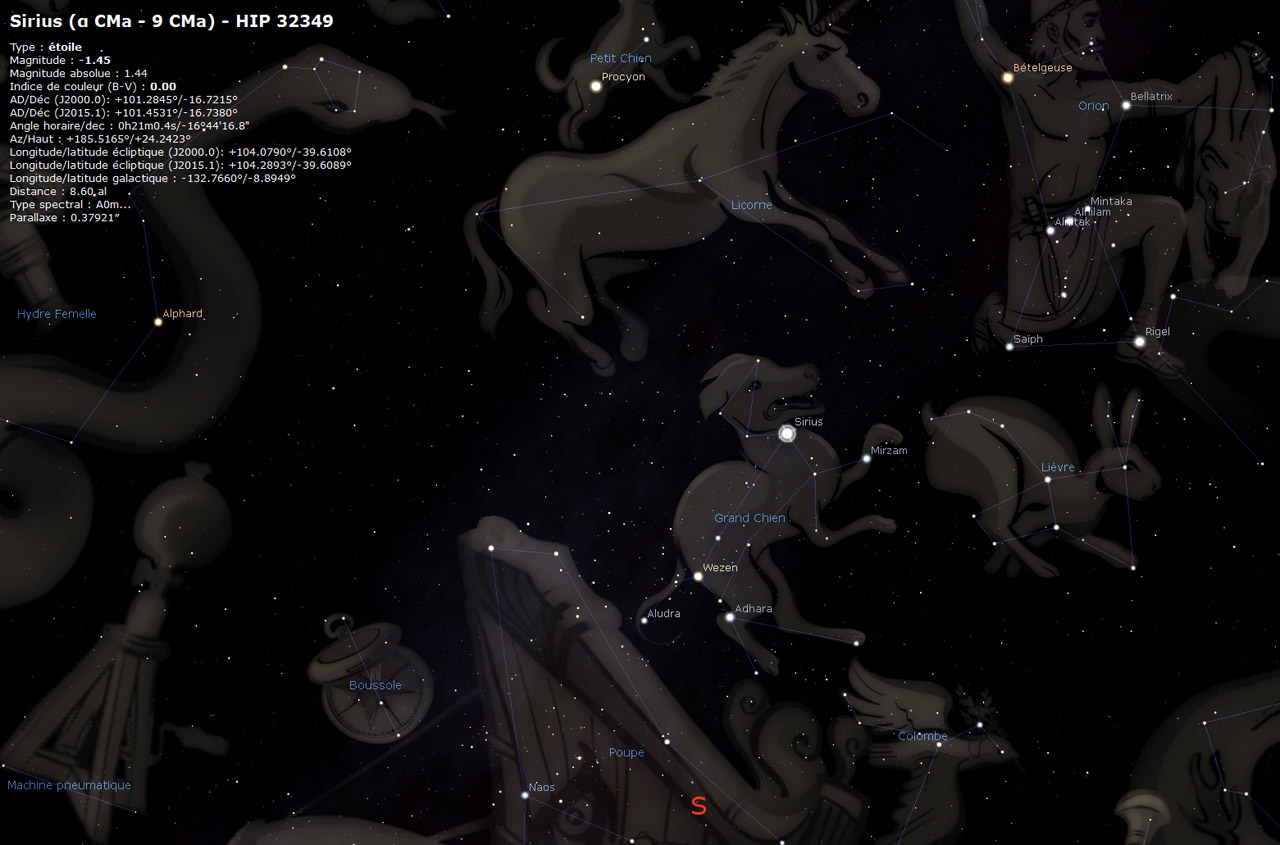
Image: Alpha Canis Majoris. The brightest star in the night sky after the Sun, is the white star Sirius (α CMa) located only 8.5 light-years away in the constellation Canis Major with Wezen and Adhara, other stars among the brightest.
Table: equivalences between the distance units (parsec, light year, astronomical unit and km).
What is a light year?
A light year is ≈10 000 billion km. This distance seems very high but the Oort cloud This remote and invisible region of the Solar System is located at 7500 billion km. It hosts billions of light icy body, to the limit of the attraction of the Sun can be disturbed by the slightest gravitational force, of the nearest stars of the solar system., a region of the solar system, is located at ≈7500 billion km and contains billions of icy bodies at the edge of the attraction of the Sun.
| nota : white stars are stars of the main sequence of spectral type A and luminosity class V. In contrast to white dwarfs, which are low-mass stars residues, white stars are
stars whose surface temperature varies between 7 100 K and 9 750 K and mass between 1.5 and 3 solar masses. Their spectrum has intense hydrogen lines because their energy comes from
the fusion of their hydrogen into helium. These are usually young stars of a few hundred million years. Sirius A is a white star, aged about 250 million years, with a mass of 2.1 solar masses, its surface temperature of approximately 9 900 K and its diameter about 1.7 times the diameter solar. Its companion, Sirius B is a white dwarf. White stars: Sirius (α Canis Majoris), Vega (α Lyr) |
Articles on the same theme
"The data available on this site may be used provided that the source is duly acknowledged."
 Giants of the Milky Way: Top of the Most Massive, Largest, and Brightest Stars
Giants of the Milky Way: Top of the Most Massive, Largest, and Brightest Stars  The First Minerals of Stellar Systems
The First Minerals of Stellar Systems 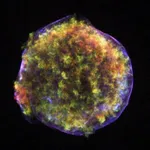 What is a Collapsar?
What is a Collapsar? 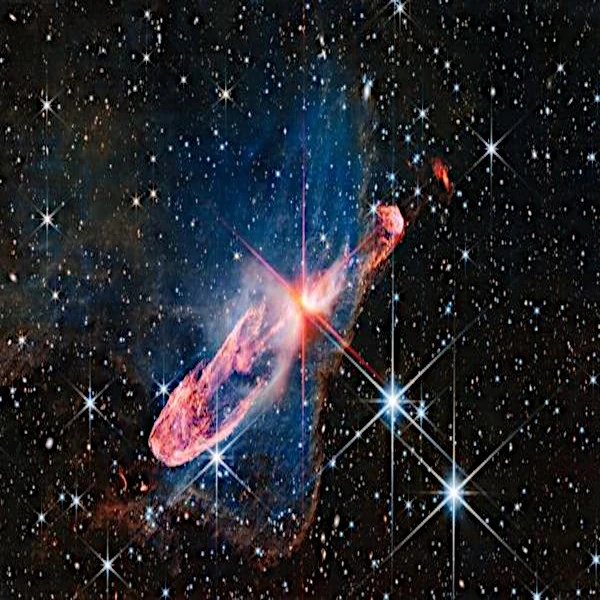 The life of the stars: From the collapse of the nebula to the cataclysmic explosion
The life of the stars: From the collapse of the nebula to the cataclysmic explosion 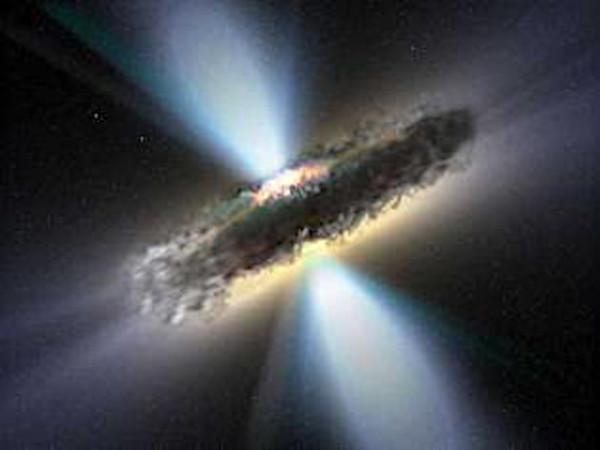 Black hole, massive star residue
Black hole, massive star residue 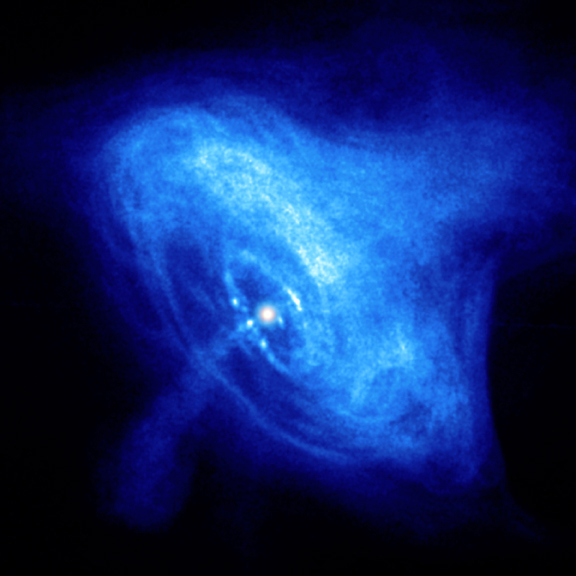 Neutron Star
Neutron Star 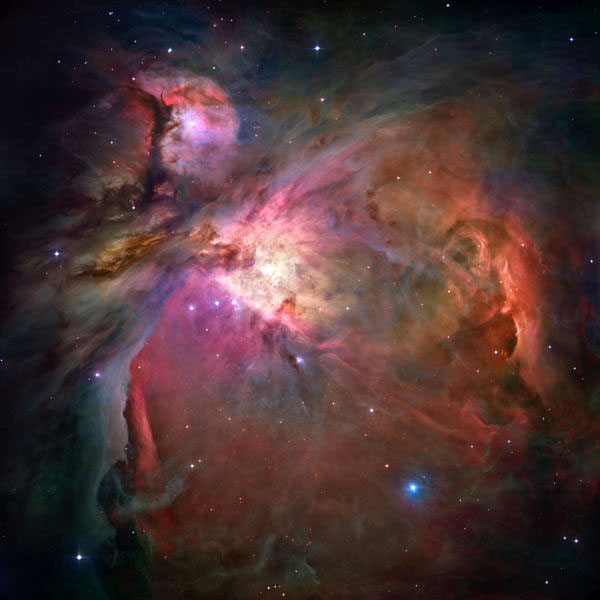 Blue and red giants
Blue and red giants  He is born four or five stars every year
He is born four or five stars every year  The mystery of gamma-ray bursts
The mystery of gamma-ray bursts 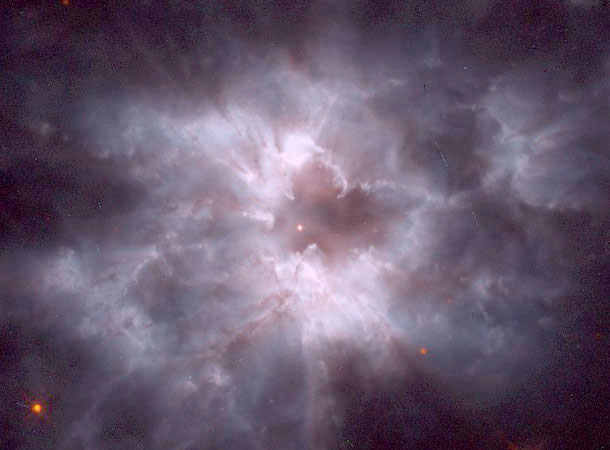 The white dwarfs
The white dwarfs 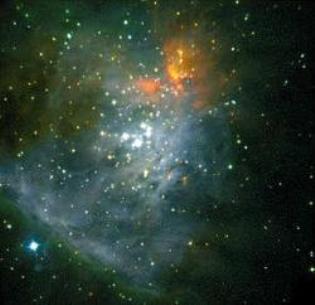 The brown dwarfs
The brown dwarfs  The Wind of Stars: Interaction between Light and Cosmic Dust
The Wind of Stars: Interaction between Light and Cosmic Dust  The Cigar Explosion
The Cigar Explosion 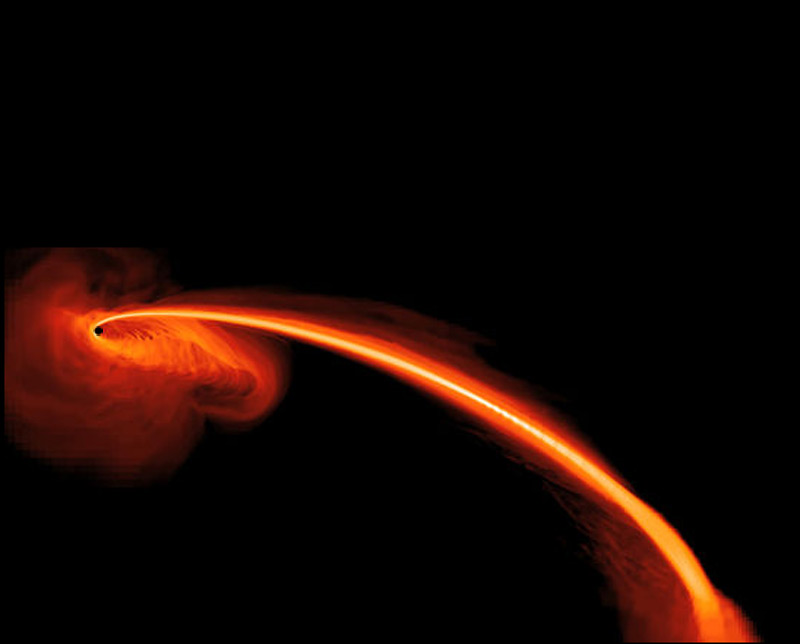 Escape velocity of small objects from black holes
Escape velocity of small objects from black holes 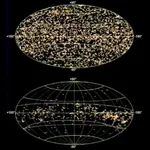 Gould's belt, a stellar firework
Gould's belt, a stellar firework 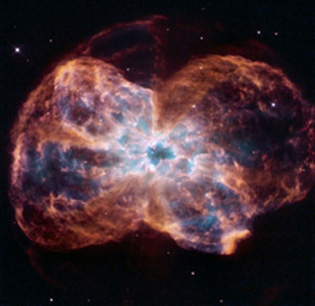 The death of stars as seen by hubble
The death of stars as seen by hubble  Blue, white, yellow, orange stars
Blue, white, yellow, orange stars 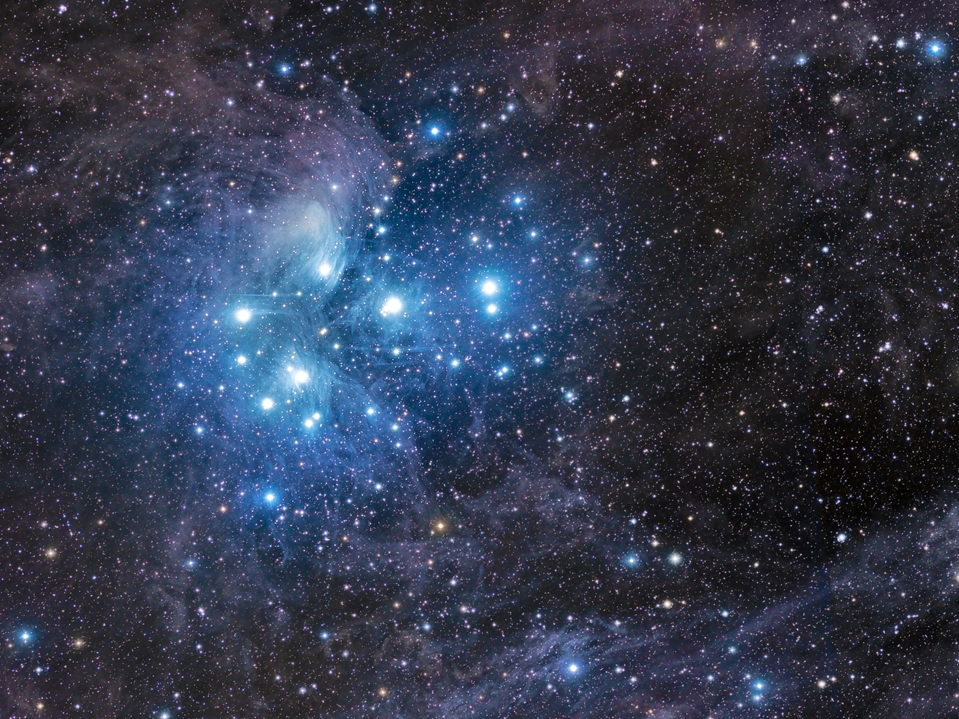 The 500 stars of the Pleiades
The 500 stars of the Pleiades 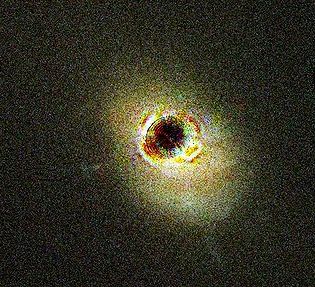 In search of black holes
In search of black holes 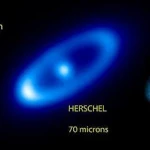 The Star Fomalhaut: The Mouth of the Fish
The Star Fomalhaut: The Mouth of the Fish  A black hole swallowing a star
A black hole swallowing a star 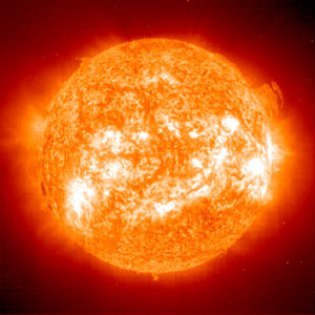 The yellow dwarfs
The yellow dwarfs  Thousands of stars bound by gravity
Thousands of stars bound by gravity 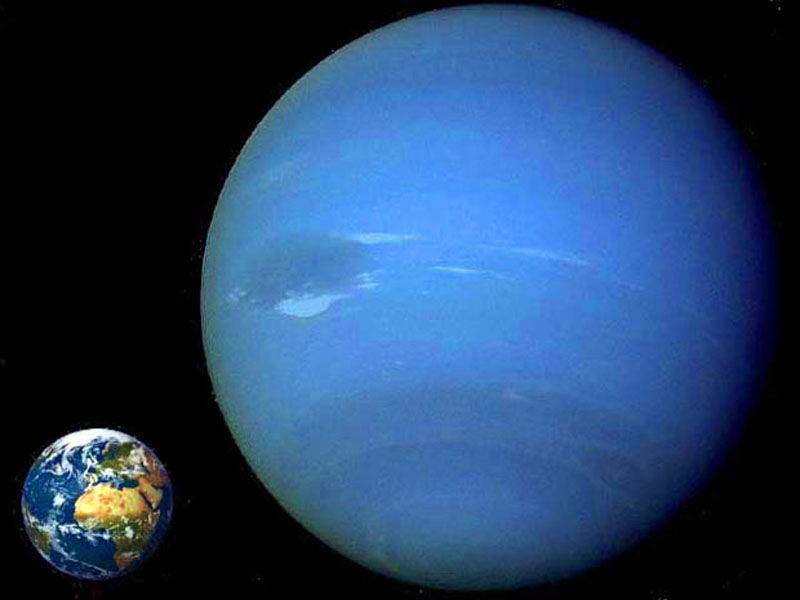 Comparative sizes of planets and stars
Comparative sizes of planets and stars  What is a Cepheid?
What is a Cepheid? 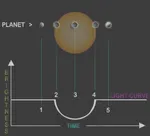 Turn off the stars to see exoplanets
Turn off the stars to see exoplanets  Supernovae or the death of a star
Supernovae or the death of a star 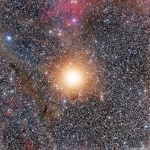 Betelgeuse: Giant Star on the Edge of Chaos in Orion
Betelgeuse: Giant Star on the Edge of Chaos in Orion  Star or Planet
Star or Planet 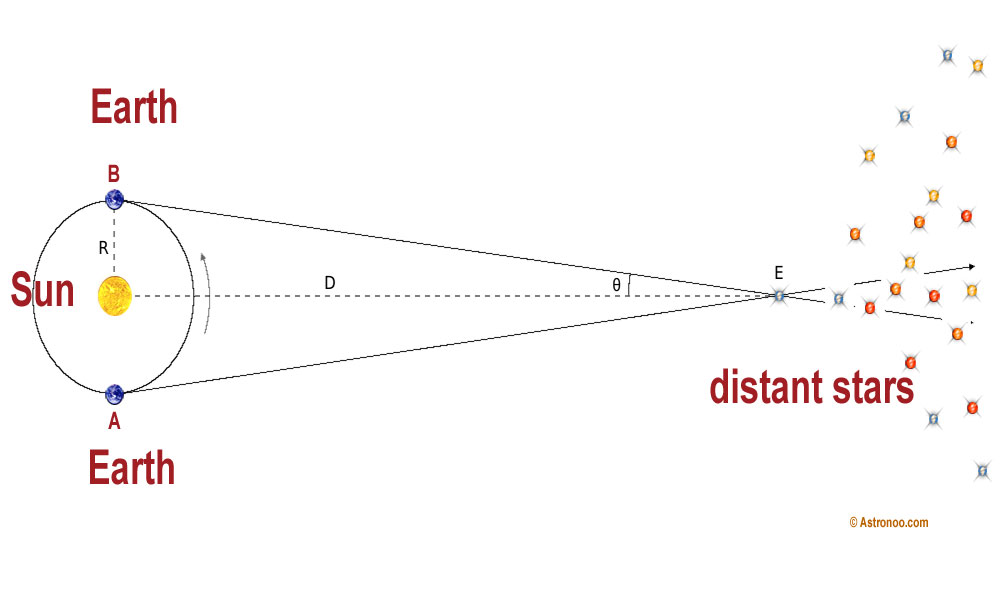 How to calculate the distance of stars?
How to calculate the distance of stars? 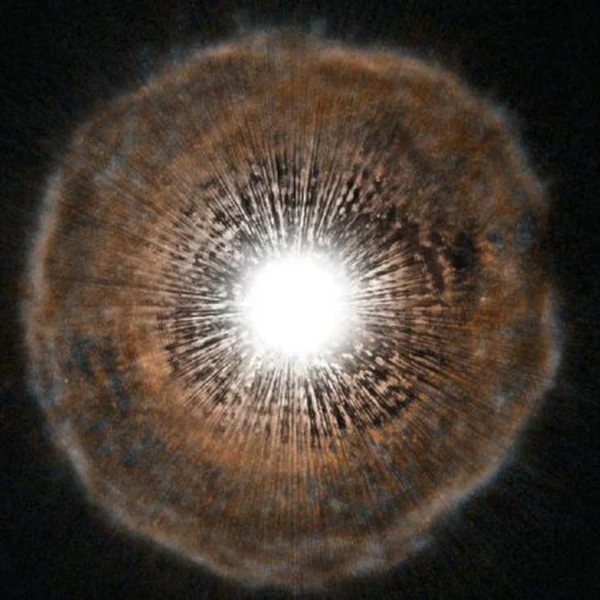 U Camelopardalis: The Carbon Star Losing Its Envelope
U Camelopardalis: The Carbon Star Losing Its Envelope 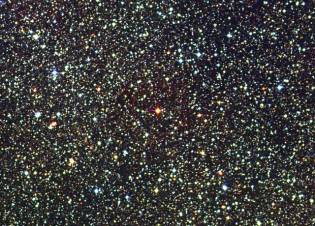 The red dwarfs
The red dwarfs  A gigantic black hole
A gigantic black hole  Monocerotis: The Mysterious Star of the Unicorn
Monocerotis: The Mysterious Star of the Unicorn  Stars near Alpha Centauri
Stars near Alpha Centauri 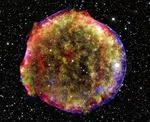 Super explosion and supernova SN 1572
Super explosion and supernova SN 1572 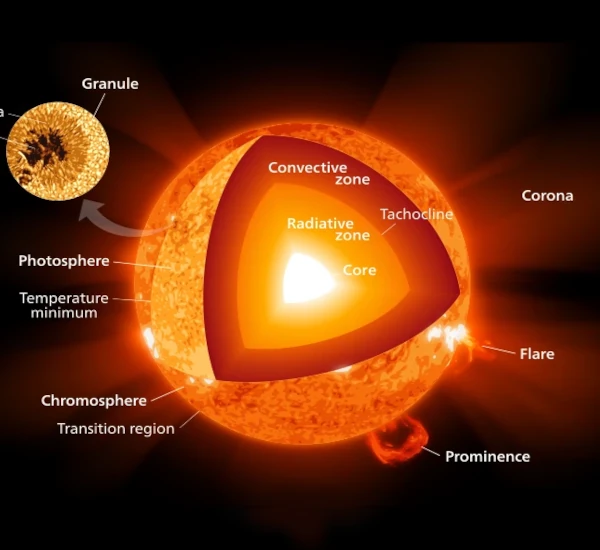 The Power of the Sun
The Power of the Sun 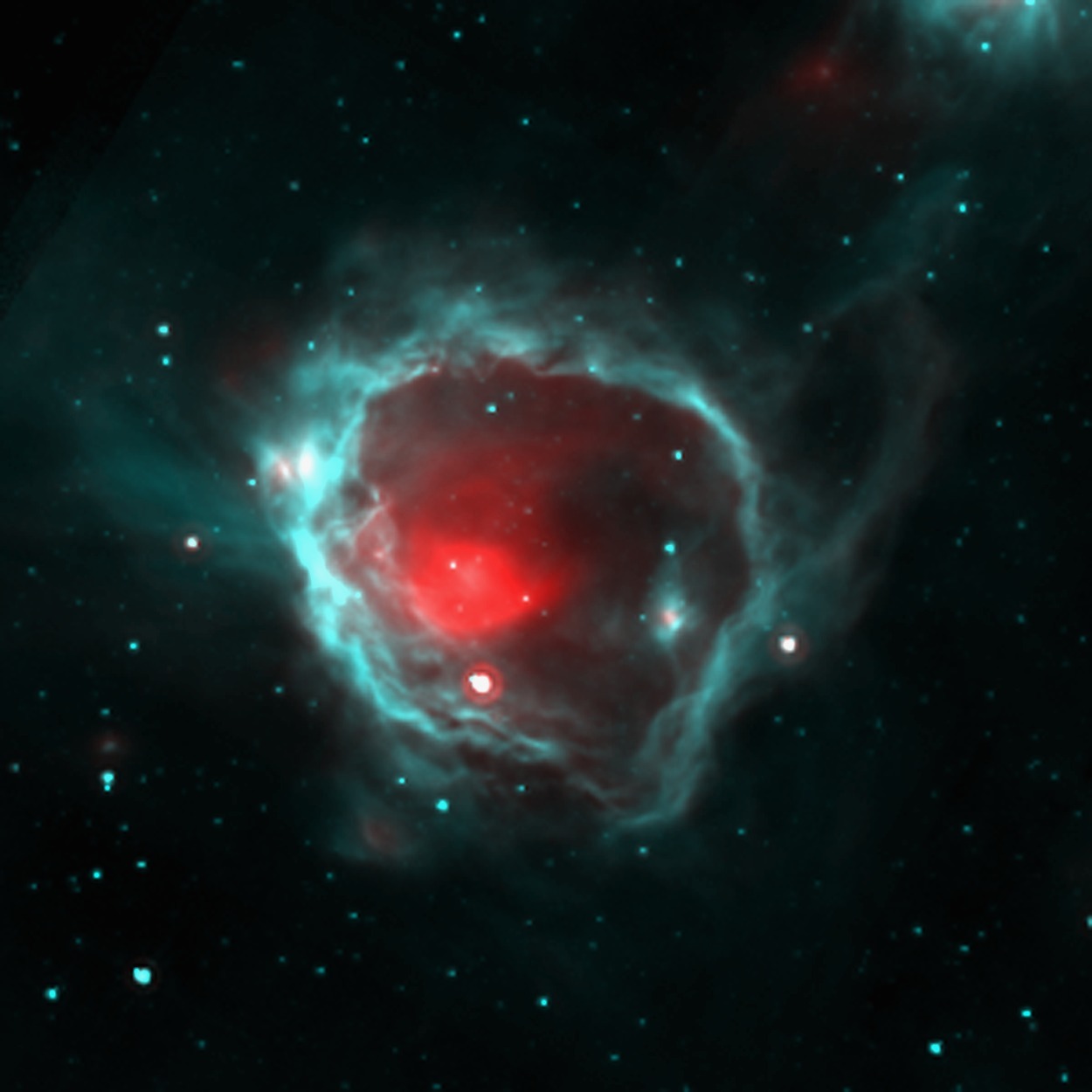 Coatlicue, the star at the origin of our Sun
Coatlicue, the star at the origin of our Sun